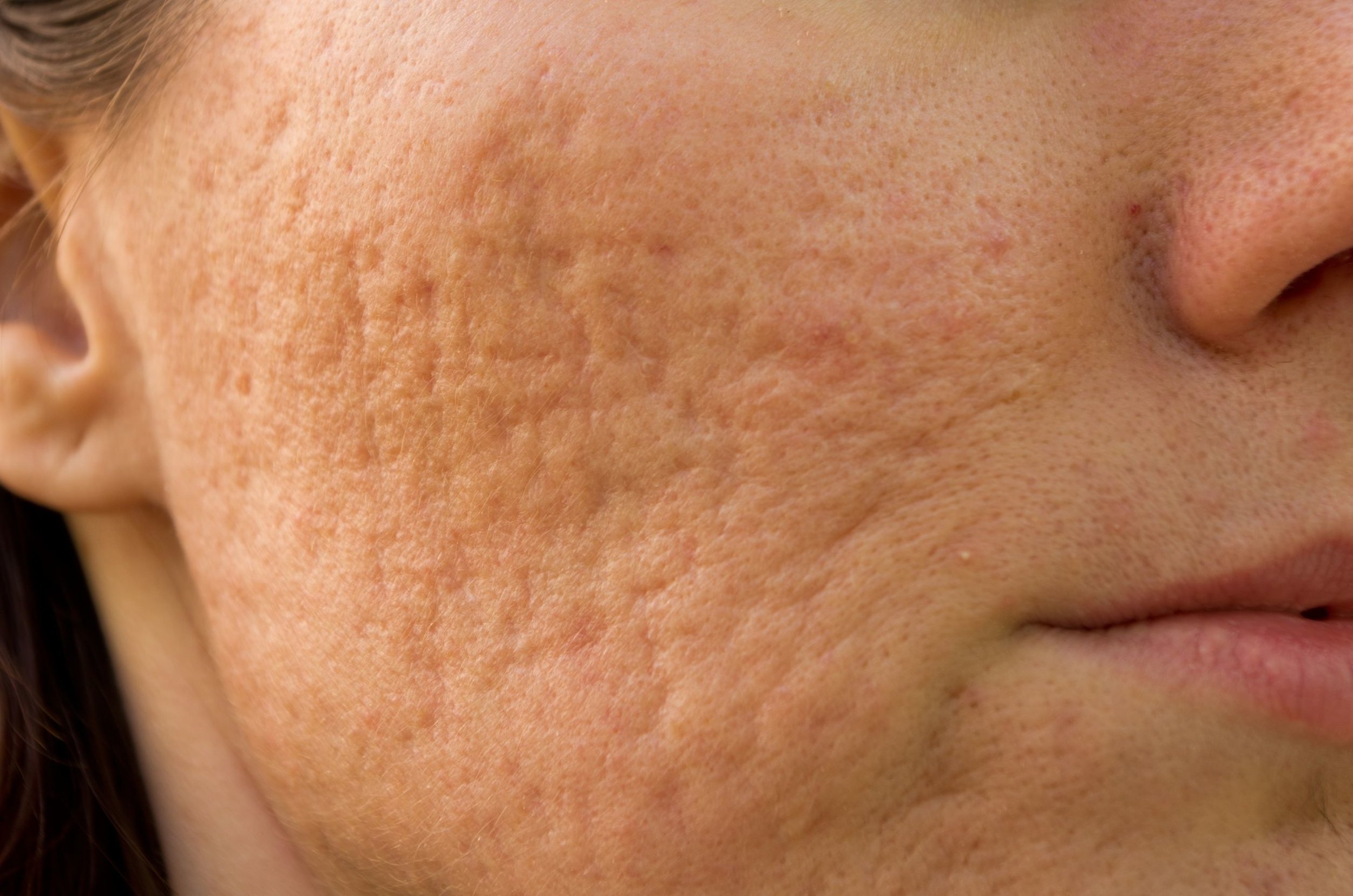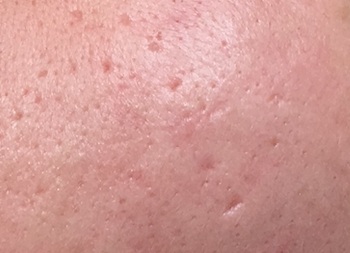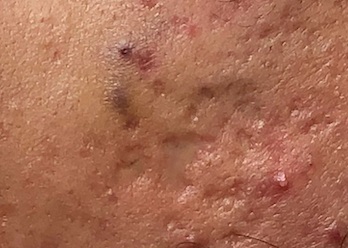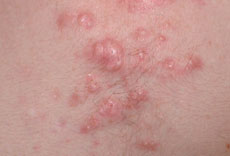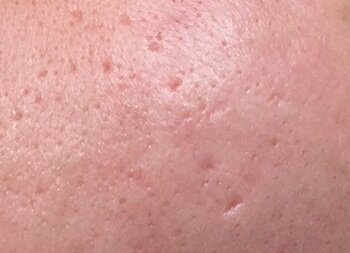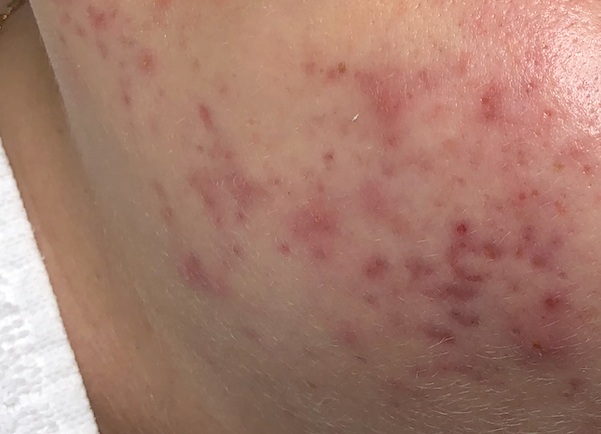All About Acne Scars
/Acne scars are caused by tissue damage which create textural changes that cause the skin to appear raised or indented. Many people confuse acne scars with pigmentation but they are two different things as discussed in our post Acne Scars and Dark Marks are Two Different Things. Although pigmentation is usually reversible, scars are not since the skin’s tissues can never be completely restored to their original state but certain treatments may improve them. The best way to deal with scarring is to prevent them in the first place through an effective program that deals with acne at the root as well as its various symptoms including inflammation.
What Causes Acne Scars
Acne scars can be caused by two things: inflammation and picking. Inflamed acne types (papules, pustules, cysts, and nodules) and picking can both cause ruptures in the deeper layers of the skin that destroy the skin’s tissues or cause an overgrowth of tissue that is initiated in an effort to “patch up” the wounded area. Genetics largely determine our skin’s natural healing mechanisms and thus how likely we are to develop scarring. Genetics also determine what type of acne we are likely experience and if we suffer from the inflamed acne types, especially cystic and nodular acne, we are more likely to scar as well. Picking is the best way to create a scar and the types of scars that are created from picking are typically bigger, more uneven and less likely to respond to treatment.
Type Of Acne Scars
There are two categories of acne scars. Hypertrophic scars are raised, discolored bumps caused by tissue overgrowth and atrophic scars are caused by tissue loss. There are three types of atrophic scars:
Rolling Scars-depressions with smooth, sloping edges that look like wavy hills
Icepick Scars-small, circular indents in the skin that are shaped like icepicks
Boxcar Scars-depressed indents with sharp, angular edges

